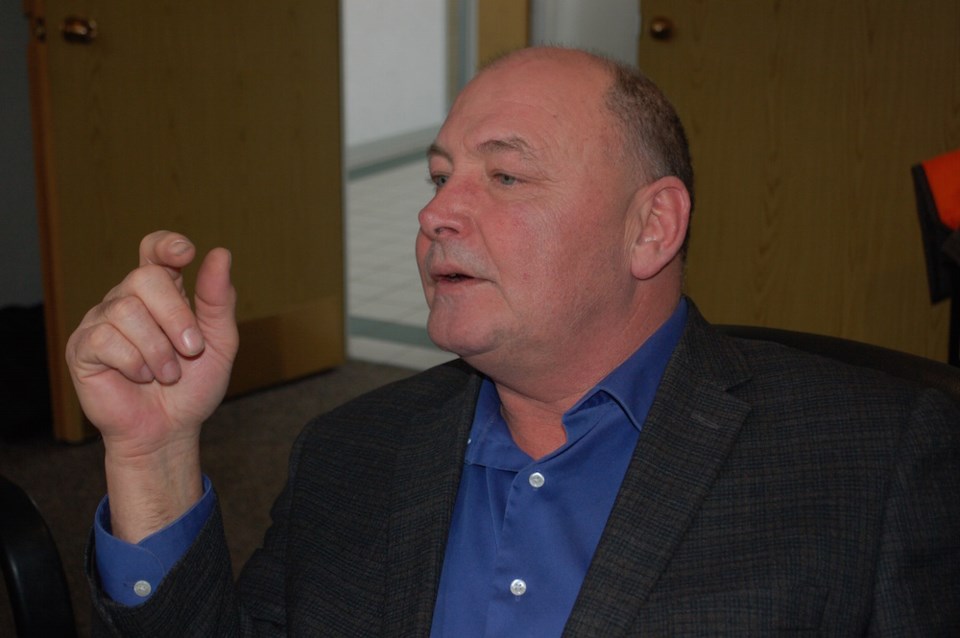While confirming his impending retirement as the manager of transportation and fleet services with the South East Cornerstone Public School Division, Larry Ursu also provided the board members with a comprehensive report on the state of transportation affairs within the school division during their December session.
Ursu said retaining bus drivers and finding skilled technicians and mechanics continues to be a challenge for the school division’s garages and the fleet of 161buses, including spares.
Two mechanics resigned and they have been replaced, he said, while a transportation foreman from Estevan is temporarily filling in for a similar role in the Weyburn area.
The new buses, he said, are going to be gas powered V-10 units that will eliminate the use of urea for emission controls and the buses will provide better heat in the winter.
“Since September, 2016, on division-owned buses, we transported 3,182 students an average of 17,968 kms per day on 116 regular routes. Contracted bus service provider, First Bus, transported 877 students an average of 8,185 kms per day on 43 routes,” he told the trustees. That brings the total to 4,059 bus students travelling 26,153 kms per day.
The average ride time is 48 minutes per student with the longest ride for any students being a 90 minute trek for riders from the Torquay region into Estevan.
Ursu also told the board members there had to be route cancellations for six half days and one two day episode when no substitute driver could be deployed. There were also a few cancellations due to weather conditions and a couple for mechanical concerns.
On the spare driver roster, Ursu said there were 23 listed for the Weyburn area and 12 out of Estevan and eight from the Oxbow, Carnduff region.
The division has tendered for five additional buses and the average age of the bus fleet is about five years.
Three bus driver meetings that focused on such things as safety training, standards and inspections were held in different locations in August and September of last year. SGI safety officers made the presentations outlining the importance of doing circle checks and maintaining proper log sheets. CPR and First Aid training for some drivers will also be offered in the new year, the manager said. That will include re-certifiction for some drivers who need to renew their status as providers of these life-saving skills.
New regulations from the Education Ministry poses challenges, Ursu added. These items dealt with legislated transportation requirements, key risks to safe transportation; best practices and strategies to reduce risk; relevant transportation performance information and approaches for tracking outstanding risks and unresolved complaints. Key risks he said had the working group looking at driver competency, student (rider) behaviour, vehicle maintenance, external factors and observation of best practices.
“The school divisions are expected to implement these guidelines starting in the next school year and report their compliance next fall,” he said.
In a response to questions from the board members, Ursu said school buses continue to be well built and constructed in a manner that makes them just as safe, or even safer for riders than traditional transportation vehicles, even without the use of seatbelts.
He also noted that decisions about making a school bus route run will remain with the individual bus drivers when it comes to weather-related concerns. “We have very professional drivers. They know when they feel safe and when they might not be and if they decide not to make the run, we’ll take the heat if necessary,” he told the board.



